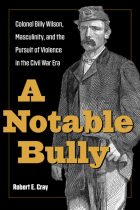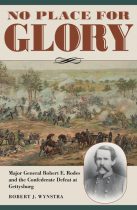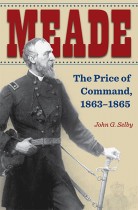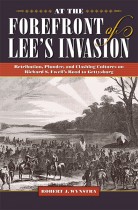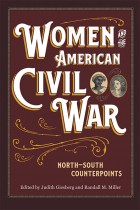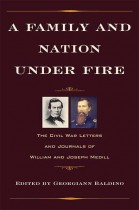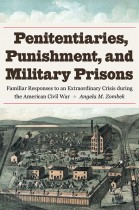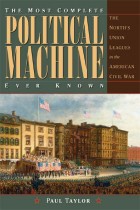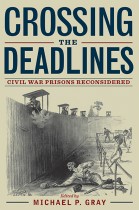The Political Transformation of David Tod
Joseph Lambert Jr. | Filed under: Recent Releases, Regional Interest, U.S. History, Understanding Civil War History
Before his election to the state’s executive office in 1861, David Tod was widely regarded as Ohio’s most popular Democrat. Tod rose to prominence in the old Western Reserve, rejecting the political influence of his well-known father, a former associate justice of Ohio’s Supreme Court, a previous member of the Federalist Party, and a new, devoted Whig. As a fierce Democratic Party lion, the younger Tod thrilled followers with his fearless political attacks on Whig adversaries and was considered an unlikely figure in the battle to keep the Union intact.

